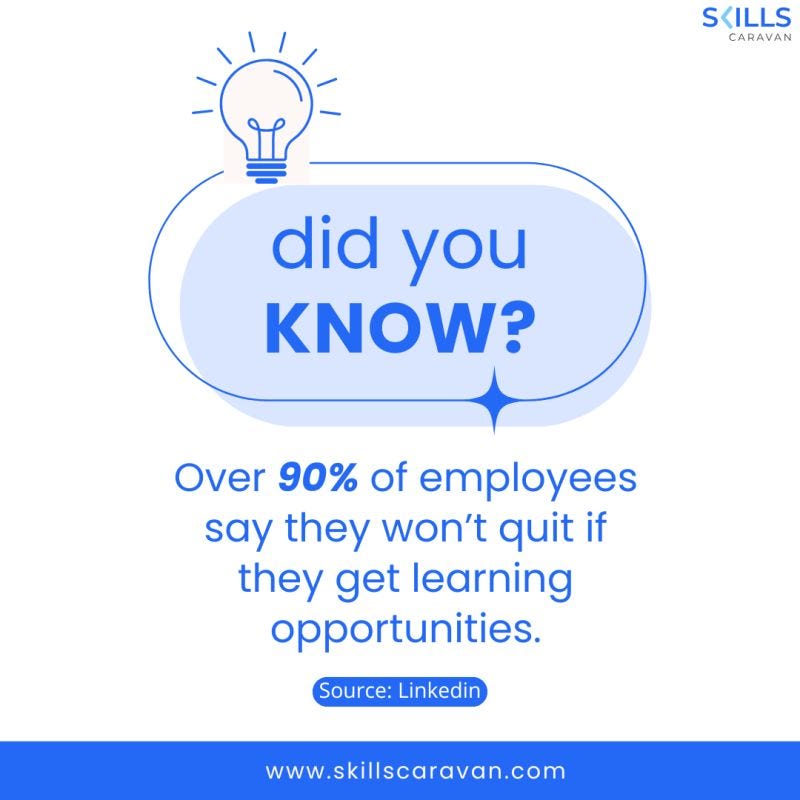How to Use an LMS to Bridge Skill Gaps in 2025
In 2025, the workplace continues to evolve at breakneck speed — fueled by technological advancements, automation, and changing job roles. Amid these changes, organizations face a persistent challenge: Skill Gaps. These gaps — between the skills employees currently possess and those required to perform effectively — can hinder productivity, innovation, and competitiveness. Fortunately, Learning Management Systems (LMS) have emerged as powerful tools to help organizations identify, address, and ultimately bridge Skill Gaps across their workforce.
In this blog, we’ll explore how organizations can leverage an LMS to bridge Skill Gaps in 2025 and future-proof their talent strategy.

What Are Skill Gaps?
Skill Gaps refer to the disconnect between the skills an employee (or entire workforce) currently has and the skills they need to meet the demands of their role or industry. These gaps can be technical (e.g., data analytics, cybersecurity) or behavioral (e.g., leadership, communication).
In 2025, with the rise of AI, remote work, digital collaboration tools, and evolving customer expectations, Skill Gaps are more dynamic than ever. Companies that ignore these gaps risk losing their competitive edge, while those that proactively address them will thrive.
Why Are Skill Gaps Growing in 2025?
Several trends are driving the widening of Skill Gaps in today’s workforce:
- Technology Disruption: Automation and AI continue to replace or transform job functions.
- Remote Work Models: Employees need new digital and collaboration skills to succeed in hybrid or fully remote environments.
- Generational Shifts: Younger employees bring new expectations and skill sets; older generations may need reskilling.
- Lifelong Learning Demands: The half-life of skills is shrinking, requiring continual upskilling and reskilling.
In such a landscape, using an LMS to bridge Skill Gaps is not just beneficial — it’s essential.
What Is an LMS and How Can It Help?
A Learning Management System (LMS) is a digital platform used to deliver, track, and manage training and education programs. In 2025, modern LMSs are more than just content delivery platforms — they are intelligent, data-driven ecosystems that help personalize learning, measure performance, and close Skill Gaps strategically.
Here’s how organizations can use an LMS to bridge Skill Gaps effectively:
1. Identify Skill Gaps Through Assessments and Analytics
The first step in addressing Skill Gaps is identifying them. LMS platforms in 2025 come with advanced analytics, AI-driven dashboards, and skills assessments that make this possible. Organizations can:
- Conduct baseline skills assessments.
- Track performance data from training modules.
- Use AI to match required job skills with current employee capabilities.
- Integrate with HR systems to identify gaps based on job roles, succession planning, or career development paths.
This data-driven approach ensures learning is targeted and relevant.
2. Create Personalized Learning Paths
Once you identify the Skill Gaps, an LMS allows you to tailor learning paths to each employee’s needs. Instead of one-size-fits-all training, employees get:
- Customized learning recommendations.
- Role-based training tracks.
- Just-in-time microlearning to fill specific gaps.
Personalized learning keeps employees engaged and accelerates skill development, ensuring quicker closure of Skill Gaps.
3. Track Progress and Iterate
A major benefit of LMS platforms is real-time tracking. Organizations can:
- Monitor who has completed which courses.
- Measure improvement in skills via follow-up assessments.
- Track long-term impact on job performance.
This continuous feedback loop enables L&D teams to adjust learning strategies and keep Skill Gaps from reappearing.
4. Use Certifications and Badges to Motivate Learners
Gamification and digital credentials can drive engagement and motivation. LMS platforms in 2025 offer digital badges, certificates, and even blockchain-based credentials that validate skill acquisition. When employees see tangible recognition for closing their Skill Gaps, it encourages ongoing participation and a growth mindset.
5. Enable Peer Learning and Social Features
Addressing Skill Gaps isn’t only about formal courses. Social learning tools within an LMS — such as discussion forums, peer review, and collaborative projects — foster knowledge sharing and experiential learning.
This collective learning approach:
- Encourages knowledge transfer between departments.
- Taps into internal experts for mentorship.
- Builds a culture of continuous improvement.
6. Integrate External Content and Platforms
Modern LMS platforms can integrate with content providers like Coursera, Udemy, LinkedIn Learning, and more. This flexibility allows organizations to:
- Access the latest industry-specific training.
- Provide employees with self-paced, high-quality content.
- Quickly respond to emerging Skill Gaps with relevant courses.
The ability to pull in external content ensures your team always has access to cutting-edge knowledge.
7. Align Learning with Business Goals
Bridging Skill Gaps is not just about employee development — it’s a strategic business initiative. Your LMS should allow you to align training programs with:
- Key performance indicators (KPIs).
- Departmental or organizational goals.
- Competency frameworks.
This alignment ensures that learning drives measurable business impact and that Skill Gaps are closed in areas that matter most.
8. Foster a Culture of Continuous Learning
Lastly, using an LMS should not be a one-time project. To truly bridge Skill Gaps in 2025, organizations must cultivate a continuous learning culture. This means:
- Encouraging curiosity and upskilling.
- Making learning a part of everyday workflows.
- Rewarding progress and celebrating learning milestones.
An LMS can serve as the foundation for this culture, ensuring that employees are always growing, adapting, and staying ahead of industry changes.
Conclusion
As we navigate the fast-changing world of work in 2025, bridging Skill Gaps is more critical than ever. An LMS offers the structure, scalability, and intelligence needed to close these gaps effectively. By using your LMS to assess, customize, deliver, and track learning, your organization can future-proof its workforce, retain top talent, and achieve strategic success.
Don’t let Skill Gaps hinder your organization’s potential. Invest in the right LMS and empower your teams to grow, innovate, and lead in the years to come.

Comments
Post a Comment